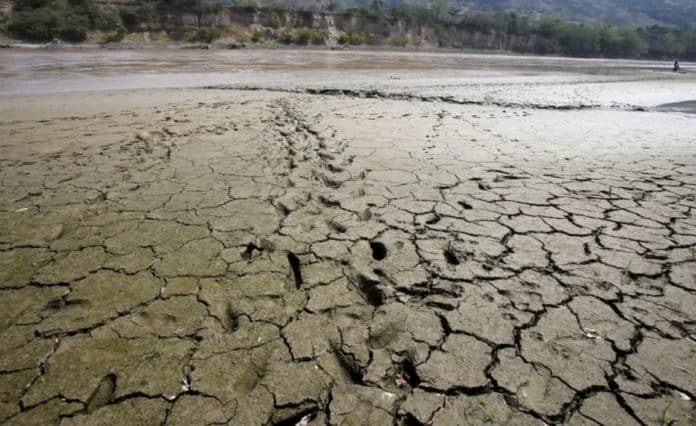The World Meteorological Organization (WMO) has published a press release on the probability of the El Niño phenomenon in which it states that the prospect of an El Niño between May and July is about 60 %, with the percentage increasing to 70-80% for the period from July to September.
This will cause a further rise in global temperatures and exacerbate extreme weather events. All this, regardless of climate change: 2023 is already forecast to be hotter than 2022, and this could be the fifth or sixth hottest on record.
According to the WMO, there is an upward trend in the probability of an El Niño episode occurring at the end of this summer. This phenomenon will cause opposite effects to those of La Niña, the periodic cooling of ocean surface temperatures in the central and east-central equatorial Pacific, in many parts of the world and global temperatures are expected to rise. After three years, the long La Niña event has ended and current conditions in the tropical Pacific are ENSO neutral, ie neither an El Niño nor a La Niña event is occurring.
The combination of a very strong El Niño and global warming caused by human activity made 2016 the warmest year on record, according to WMO global climate reports. However, the consequences of the El Niño episode are likely to be more noticeable in 2024, since the effect on global temperatures usually manifests itself the year after its onset.
El Niño is a natural weather pattern associated with rising ocean surface temperatures in the central and eastern tropical Pacific. The episodes usually last between 9 and 12 months and occur in cycles that range from 2 to 7 years.



















